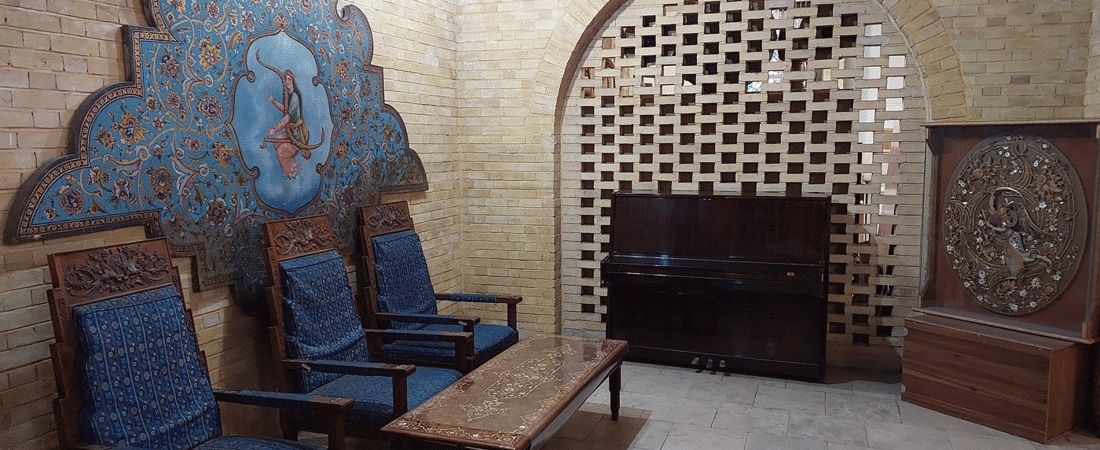ResearchGate |
|---|
Understanding of Nanofiber Face Mask as Corona Virus Disease Prevention in Human |

Background: Corona virus has become a global issue. It makes various countries have taken this outbreak very seriously. One of the necessary precautions is by using a face mask. The nanofiber technology on face masks greatly helps the public and government to increase the prevention of disease spread. The purpose of this study was to conduct a systematic literature review on nanofiber face masks as human corona virus disease prevention. Methods: Stages of systematic literature review of 632 documents was carried out using text mining techniques, while hierarchical cluster analysis were carried out for the extraction of terms in documents. |
||
|
2024-04-01 Read more about this article in source |
||
-
.jpg?v=QDtapi8Z0ZX78zx-maZ6kPQsFxKscLh5l2sF0q-etP8)
Recent years have seen a growing interest in modifying electrospun nanofibrous mats to achieve optical transparency for various applications. For... 04/12/2025
-

Today, after the spread of the COVID-19 disease, sensitive real-time environment monitoring is crucial for fast and reliable diagnostics.... 04/12/2025
-
Springer more ...
Degradation of Carbon Nanofiber-Reinforced Composite Under Loading and Environmental Conditions
.jpg?v=iZMDd9NAyhnTIa4JGzPLbaF5-O5_AYPVyOZ4kZNiTbo)
This chapter concentrates on the MD simulation of carbon nanofiber-reinforced composites, with the focus on the molecular interactions, structures,... 04/12/2025
-
.jpg?v=TI4AyV7e0ObDEoccPOgrLq5o6FUdFm6LIUW17UoLMS0)
Forward osmosis (FO)Forward osmosis membrane is an evolving membrane technology with a number of potential uses of applications in the water... 04/12/2025
-
.jpg?v=OztbA1PG7KO-qM2-5aqTrnQTPTWz5E_lVx4VUvc17h4)
Polymeric nanofibers with their large surface area per unit mass, biocompatibility, easy fabrication and surface modification find extensive use as... 04/12/2025
-
ResearchGate more ...
A comparative fractographic analysis for the effect of polymeric nanofiber reinforcements on the tensile behavior of multi-layered epoxy nanocomposites
This study presents a comparative investigation into the effects of four different nanofibers—PA66, PStX, PAN, and PVB—on the mechanical performance and failure mechanisms of epoxy adhesive films. These nanofiber‐reinforced adhesive layers were manufactured via a dry‐reinforcement resin film infusion method and tested under uniaxial tensile loading. Mechanical results showed that PA66 and PStX nanofibers improved tensile strength by up to 25%, primarily by mitigating crack initiation at free edges and promoting effective fiber–matrix bonding. In contrast, PAN nanofibers induced micro‐cracks at the fiber–resin interface, amplifying crack coalescence and reducing strength by 25%. 03/01/2025



